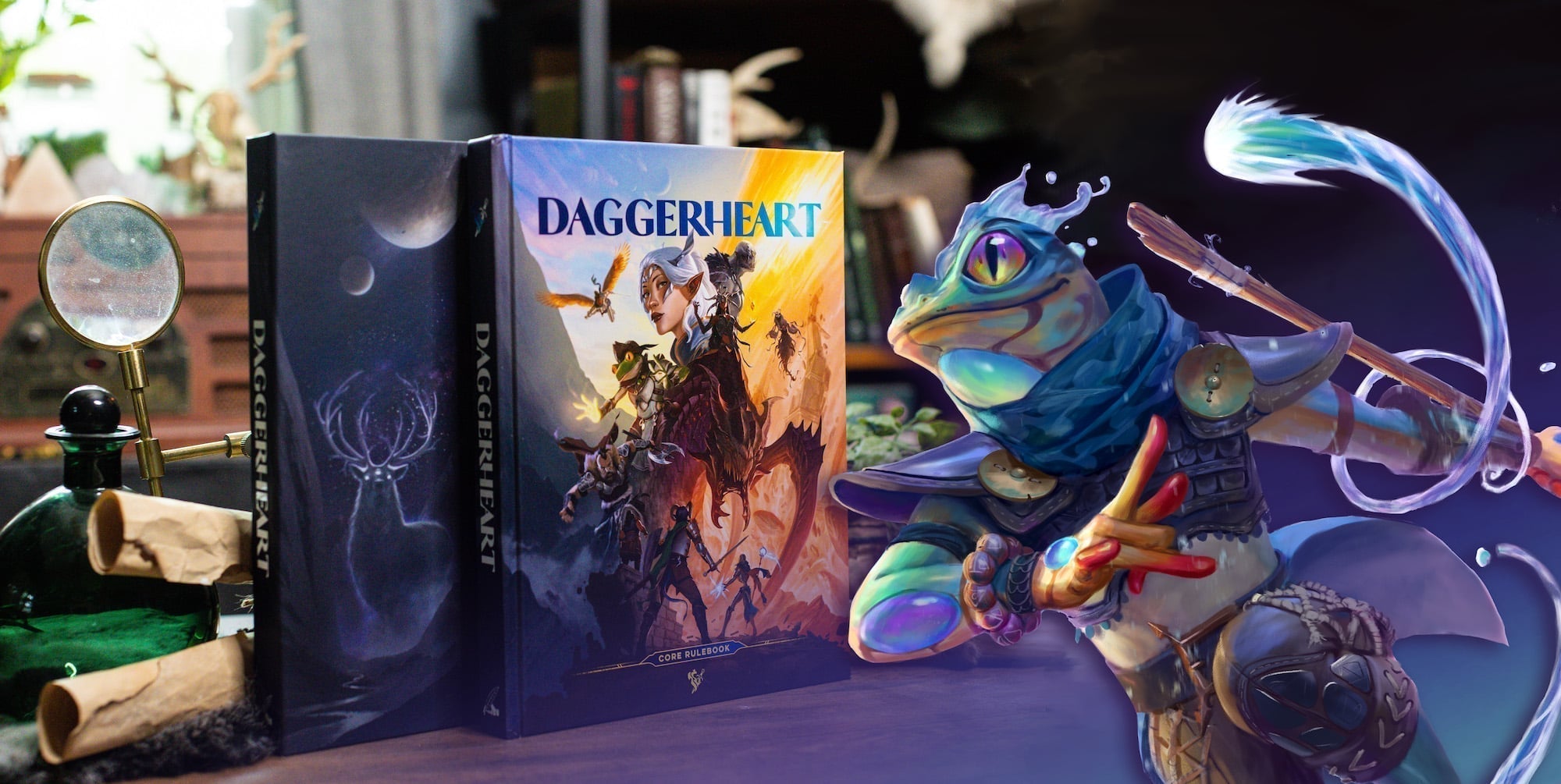How Polyhedral Dice Are Made: Sharp vs. Rounded Edges
How Polyhedral Dice Are Made: Sharp vs. Rounded Edges
If you’ve ever picked up a set of polyhedral dice and wondered how they were made—you're not alone. From the sharp-edged, glittering masterpieces found in artisan shops to the smooth, colorful sets you’ll find in most game stores, the production methods behind polyhedral dice vary widely. In this post, we’ll break down the two primary types of dice styles—sharp-edged and rounded-edged—and explain how each is made.
🔺 Sharp-Edged Dice: Precision Meets Craft
Sharp-edged dice are known for their clean angles, crisp lines, and often luxurious appearance. This style is particularly popular among collectors and fans of handcrafted or premium tabletop accessories.
How Sharp-Edged Dice Are Made:
-
Mold Casting with Resin
Most sharp-edged dice are cast in silicone molds using liquid resin. These molds are designed to capture every detail, including the sharp corners and flat faces. -
Pressure Pot Curing
To prevent bubbles and imperfections, many makers cure resin dice in a pressure pot. This compresses air bubbles while the resin hardens, resulting in a crystal-clear finish. -
Demolding & Hand Polishing
After curing, each die is carefully demolded and polished by hand or with fine tools to remove imperfections. This step ensures the edges remain sharp and the faces perfectly flat. -
Inking
Finally, numbers are hand-painted with ink—ranging from classic black or white to metallic golds, silvers, or any custom color.
🎲 Many boutique dice makers, like us here at Ebonwood, specialize in this method to produce custom, one-of-a-kind designs that can include foils, glitter, flowers, and even tiny inclusions suspended in clear resin.
⚪ Rounded-Edged Dice: Built for the Table
Rounded-edge dice are the more common variety—think of the standard sets you find bundled with RPG starter kits. These are made to be affordable, durable, and consistent.
How Rounded-Edged Dice Are Made:
-
Injection Molding with Acrylic
Plastic pellets (often acrylic or similar polymers) are melted and injected into hard steel molds. This process creates thousands of identical dice in a short amount of time. -
Tumble Polishing
After molding, the dice are tumbled to remove sprue marks and smooth out any sharp edges. This gives them their signature rounded feel and glossy appearance. -
Automated or Hand Inking
Once polished, numbers are filled in using machines or by hand, depending on the production scale.
These dice are incredibly resilient and perfect for everyday gaming. They’re often mass-produced but still come in a wide variety of colors and finishes.
🔍 So, Which Is Better?
It all depends on what you're looking for. If you want something affordable and reliable, rounded-edge acrylic dice are perfect. But if you’re looking for something beautiful, artistic, or custom-made, sharp-edged resin dice are where craftsmanship shines.
Both types of dice roll fairly—but fans of sharp-edged dice argue that their symmetry gives them a more balanced roll (though studies are ongoing in the dice nerd community!).
🎲 Want to See the Difference?
Check out our handmade sharp-edge dice collection to explore artisan sets made with love, precision, and just a bit of magic. Every set is made to be a work of art—perfect for collectors and roleplayers who like their gear to feel just as epic as their campaigns.
Tags: Polyhedral Dice, How Dice Are Made, Sharp Edge Dice, Resin Dice, Acrylic Dice, RPG Accessories, Handmade Dice, Dice Crafting, Dice Materials



